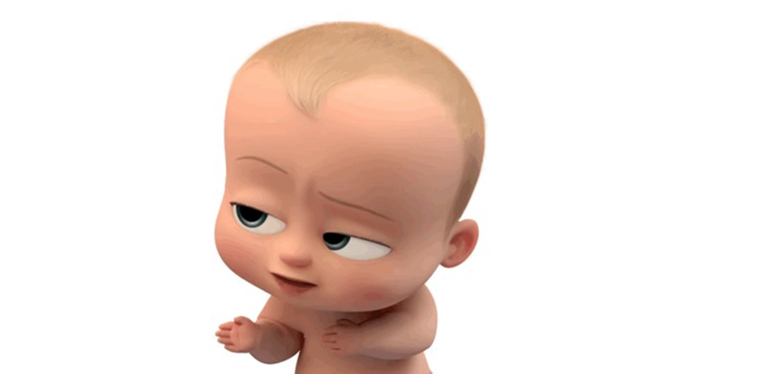There are certain elements in animation that the audience overlook unless it is imperfectly done. One of them is lip syncing. There’s something about the brain’s perception of timing that processes character motions with the movement of lips and the words being said.
In the era of hand drawn animation, animators and editors used to just slip the whole speech track by two frames. But now with the application of advanced technology, not only 3D software but also tools for 2D animation have seen great progress that eases the process of lip sync. For instance, in After Effects, there are free tools that allow you to easily synch audio tracks with the animation of the mouth.
Also there are many free, or small fee, generic tools that allow you to take a limited, free to use character, and sync it with audio or recorded dialogue.
There are lip sync plug-ins for 3D animation that create a muscle-like structure in the mouth area of a 3D character which can be made to deform according to an already set library of shapes.
Some techniques use a mocap system to capture facial movement. Face rig does a pretty good job for an inexpensive consumer tool.
The basis for lip syncing is that you will need to adjust the timing of the key shapes on a word by word basis.
Here are some tips to improvise lip syncing in your animations:
1. Match the key frames exactly
To start with pull the timing of the shapes around till it looks and feels right, phrase by phrase. It may otherwise end up with sound being slipped by a number of frames before it looks right. The simplest lip sync involves correctly timing the ‘mouth-open’ and ‘mouth-closed’ positions.
2. Add gestures and body language
To increase richness try adding gestures and body language to the animated character. Facial expressions usually go hand-to-hand with lip syncing. This can be done by adding small subtle expressions like raising eyebrows to a big wide smile.
3. Watch and learn
Use a mirror or shoot some reference footage of yourself speaking to figure out the motion of lower jaw. This leads to another trick called blending. There’s no need to animate the mouth for each syllable. Focus on the most important mouth shapes. The key mouth shapes can be re-cycled or blended in different combinations over and over again.

courtesy: Cartoon Brew
4. Focus on eyes
Eyes can speak a thousand words. People often watch the eyes, particularly during close-ups, so emphasis and accents and can be initiated here even before the rest of the face and mouth is considered. Even the act of thinking of words to speak can be expressed in the eyes.
5. Choose the perfect voice
Last but not the least the right voice is vital, as voice determines the personality of a character. Check out one of our earlier blog posts to know about some of the greatest voiceover performances in animation movies.
Have more tips and tricks of animation? Share with us in the comments below.
Source – https://bit.ly/3dfODOl


